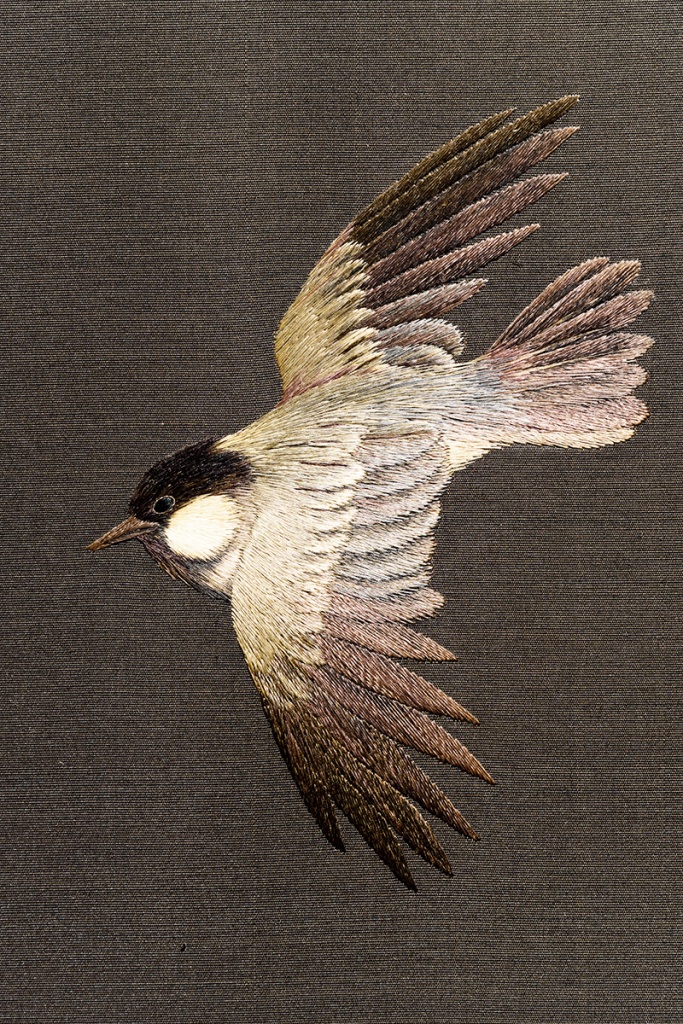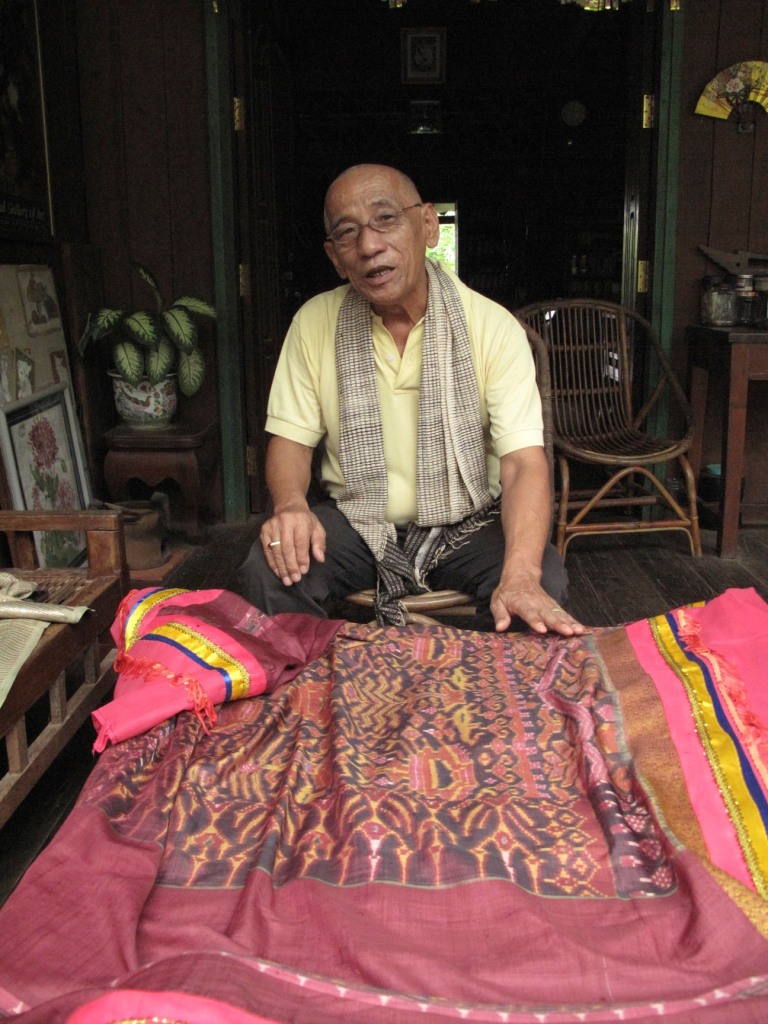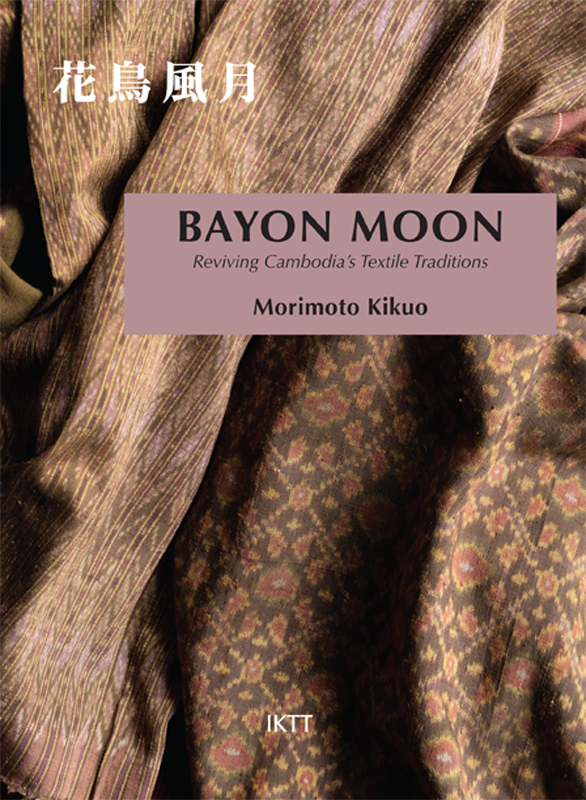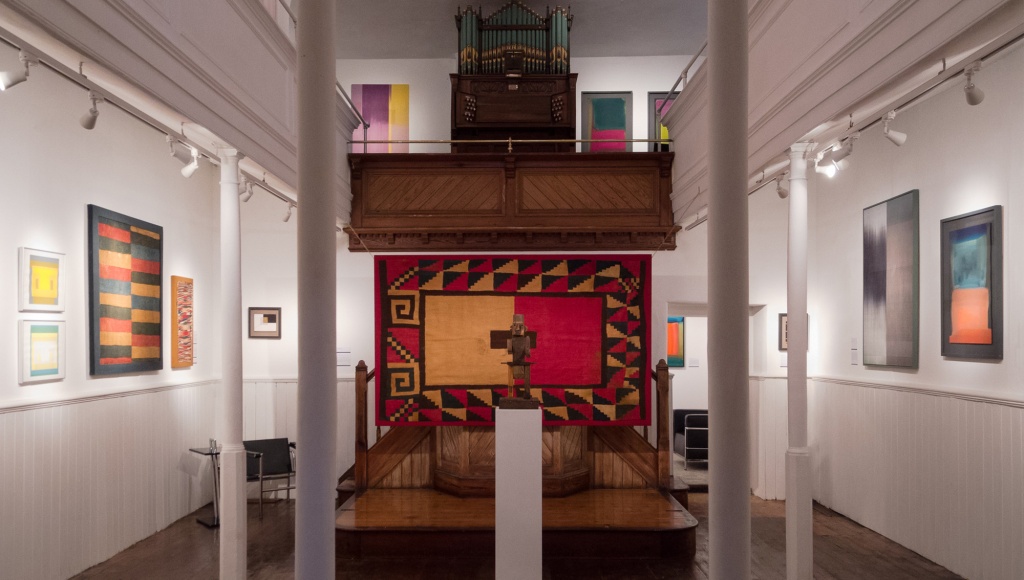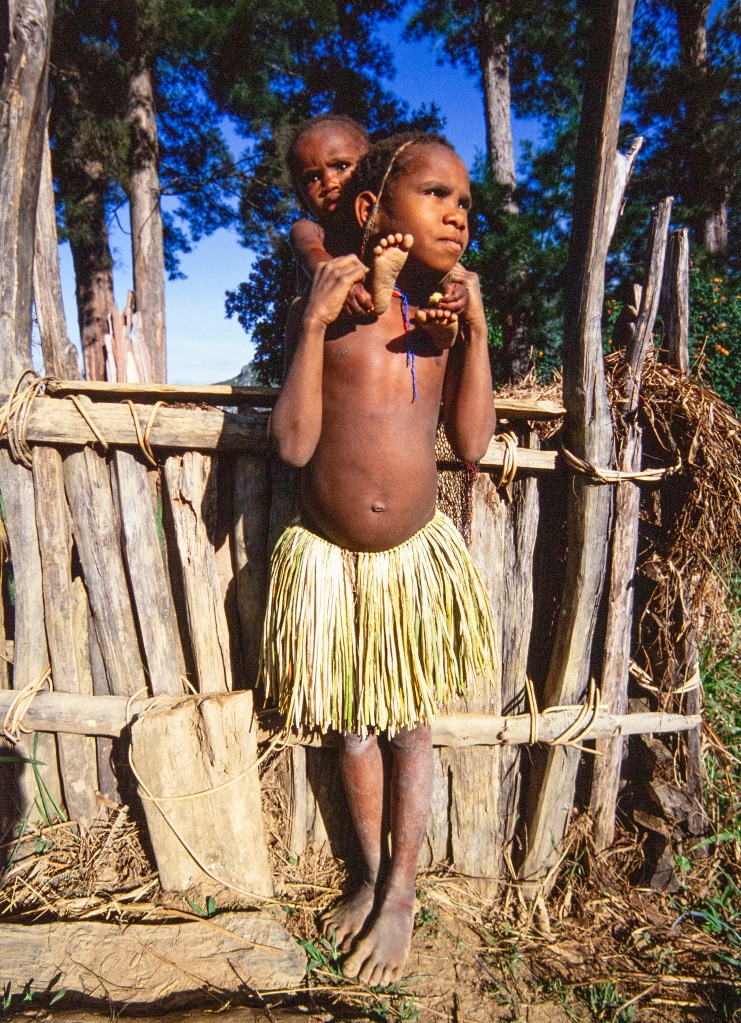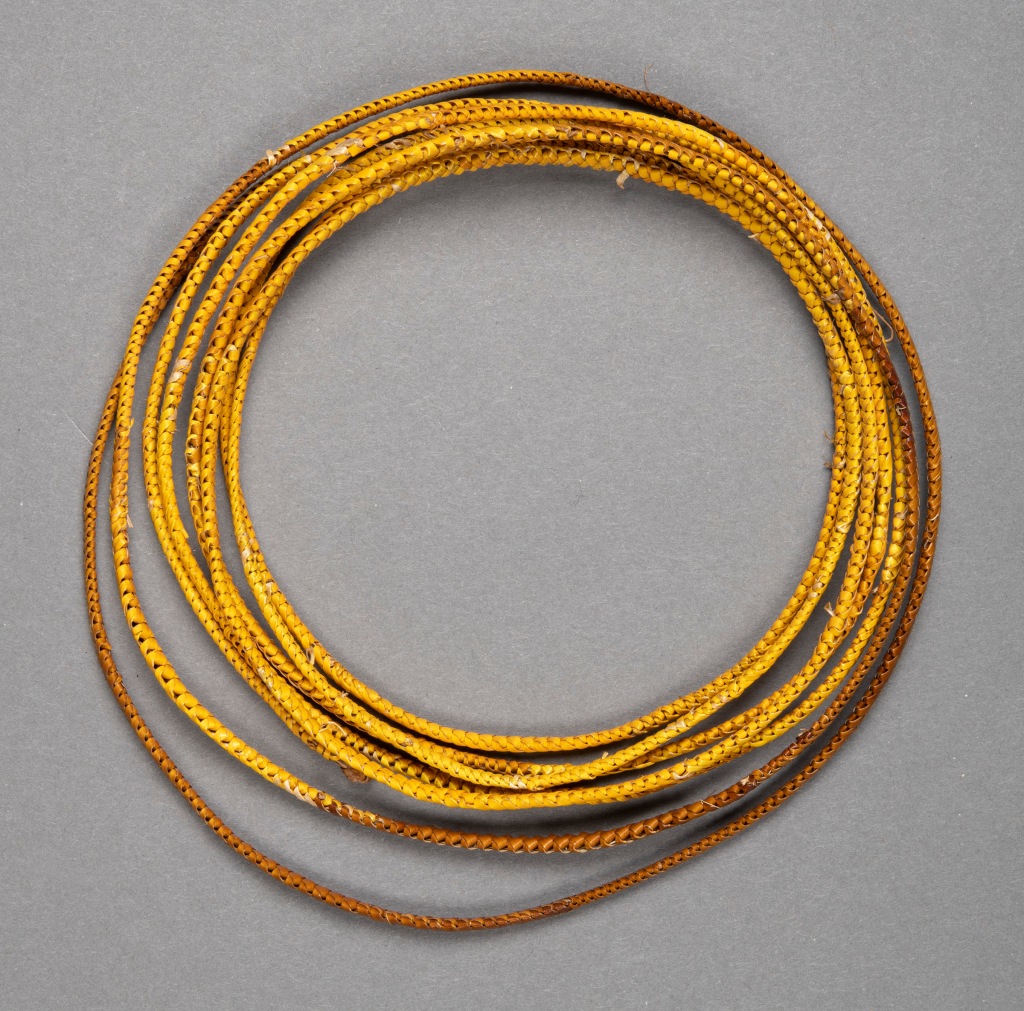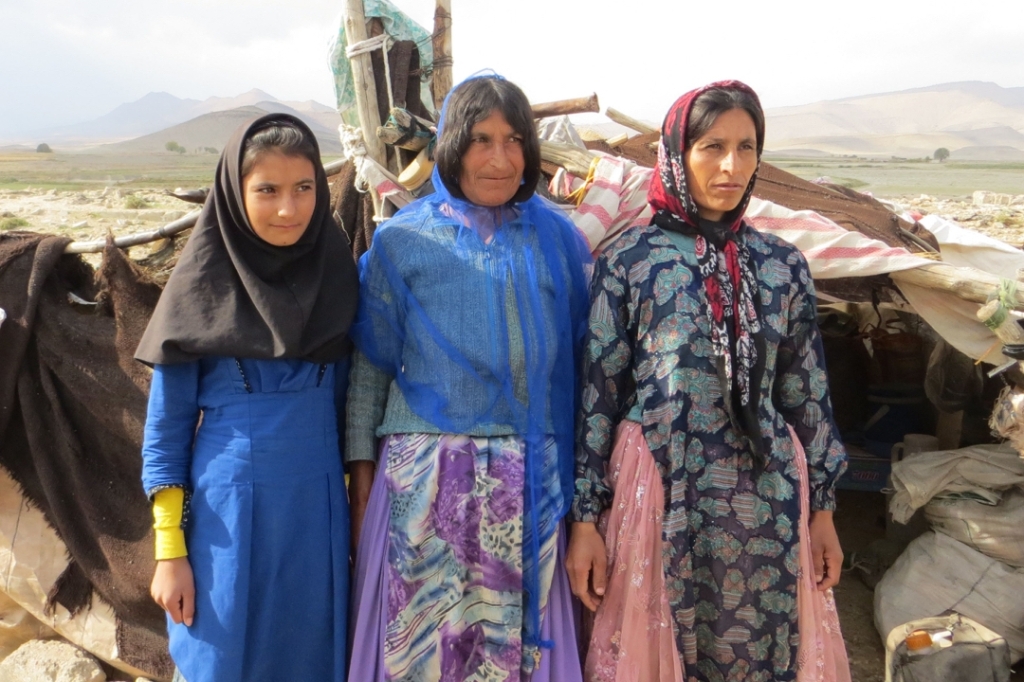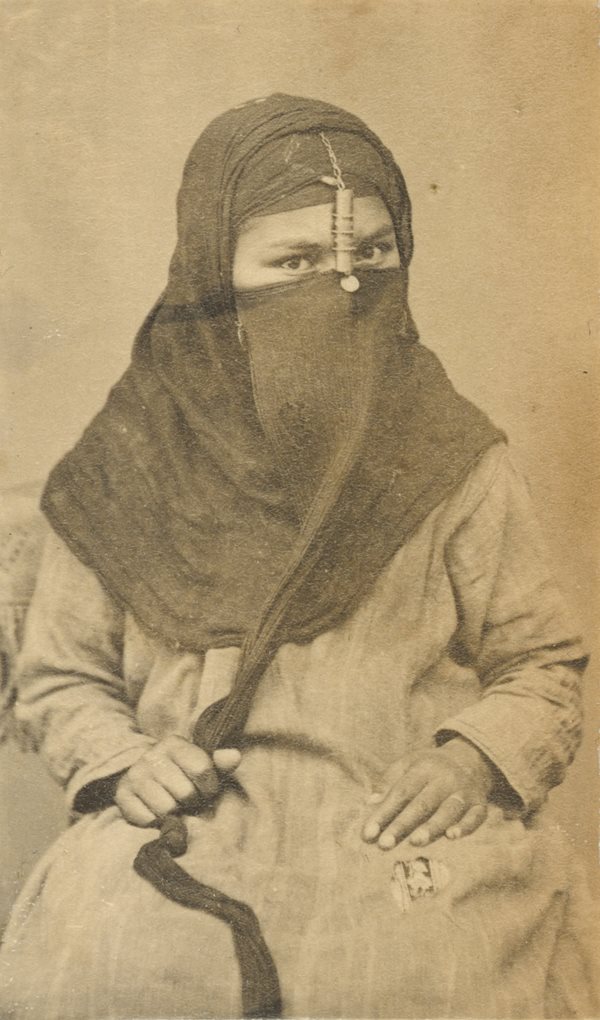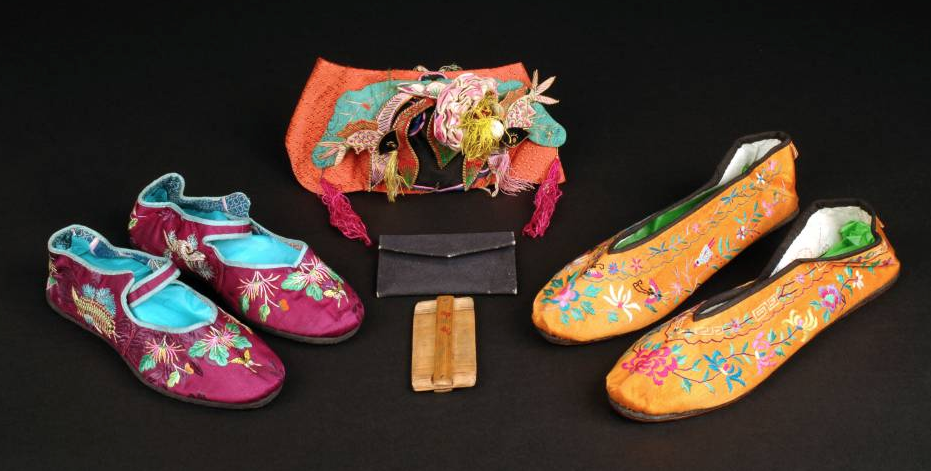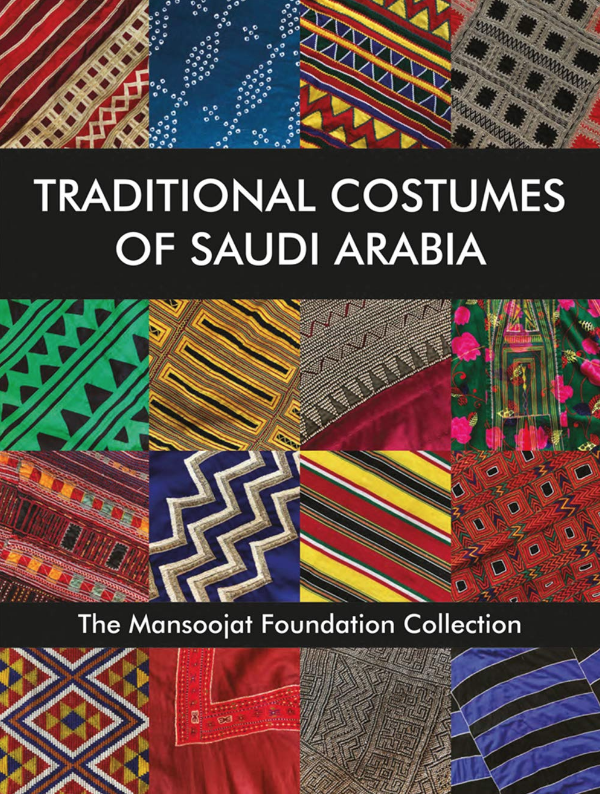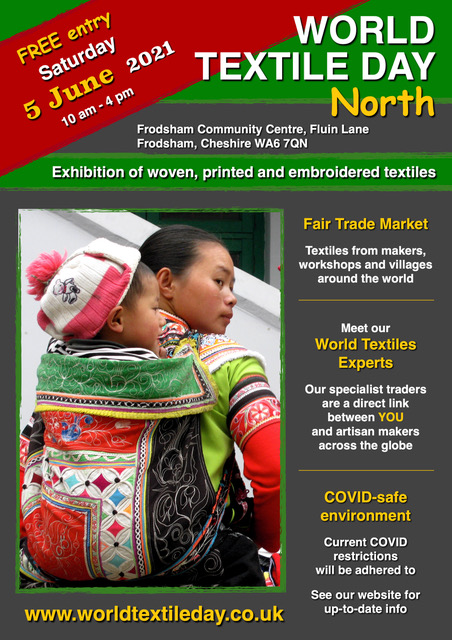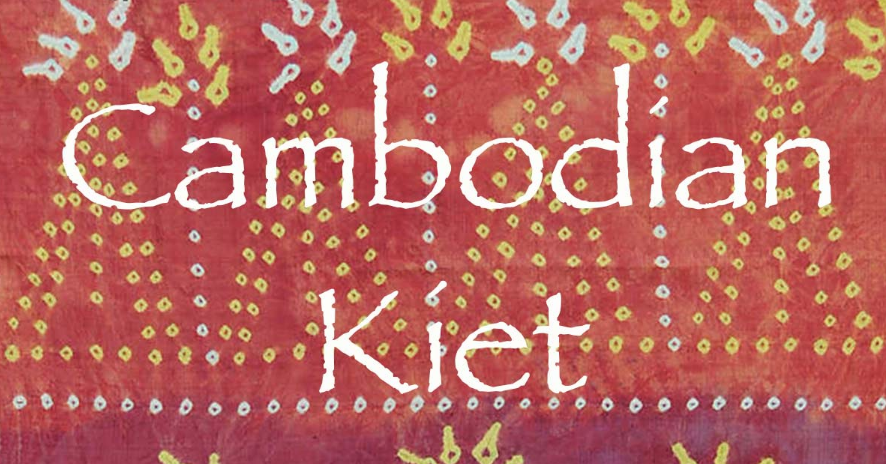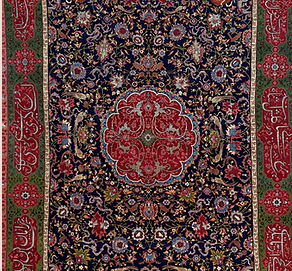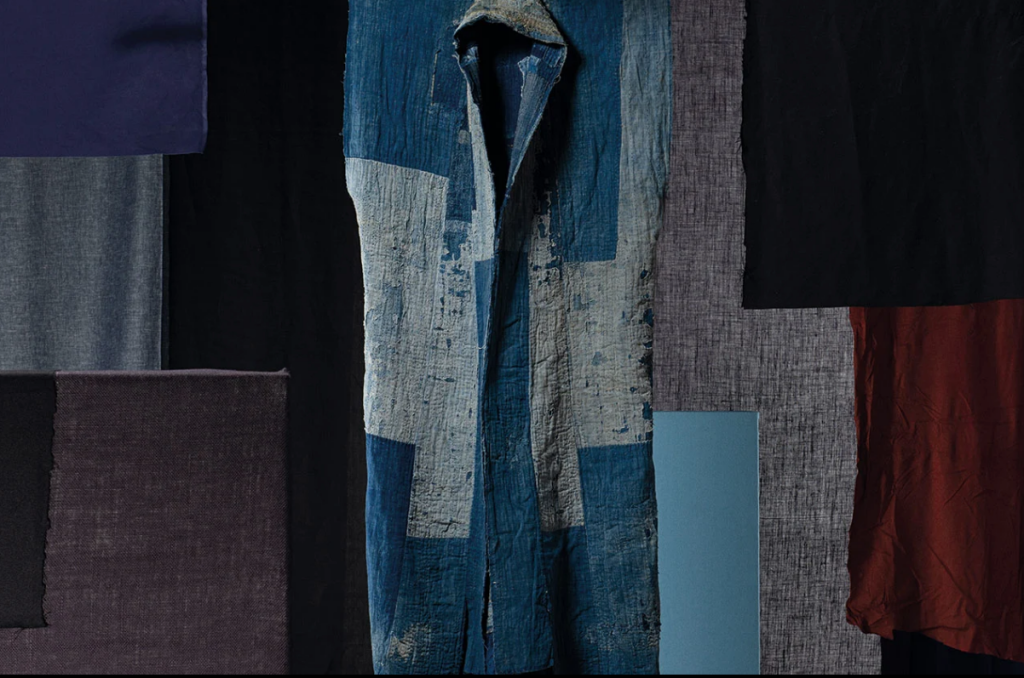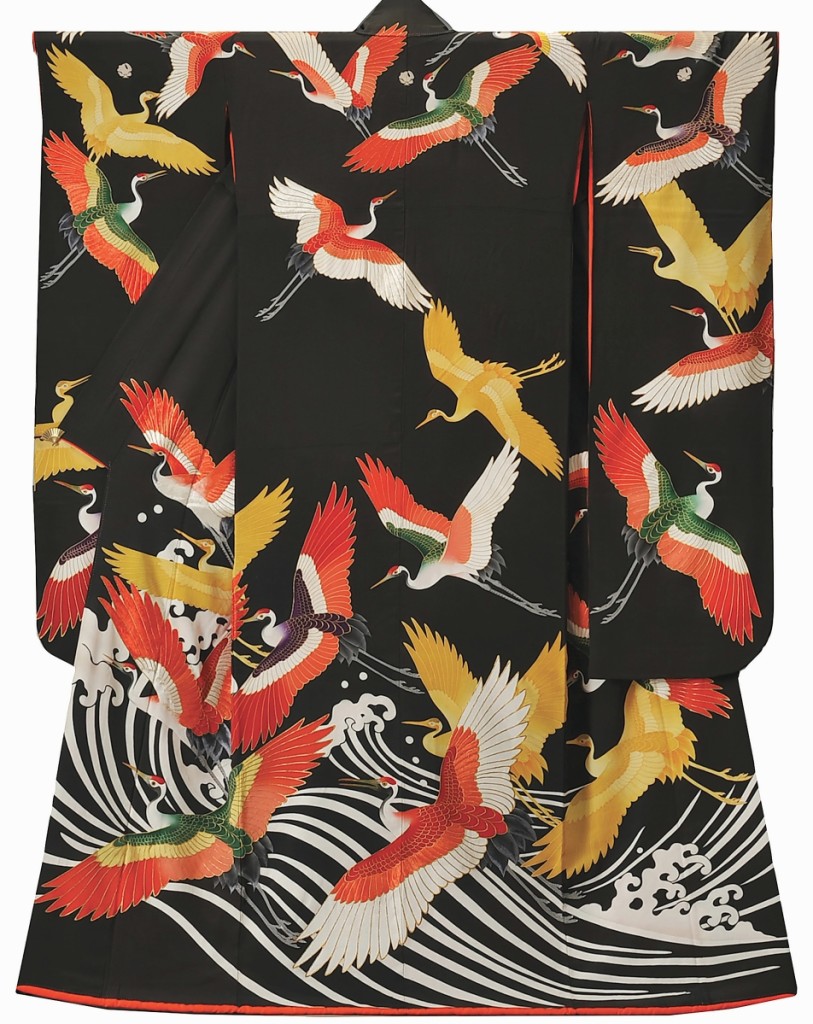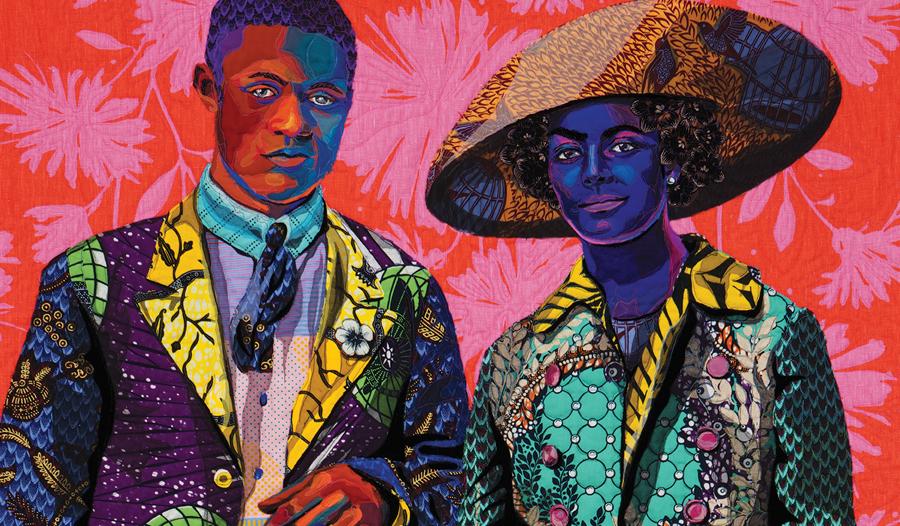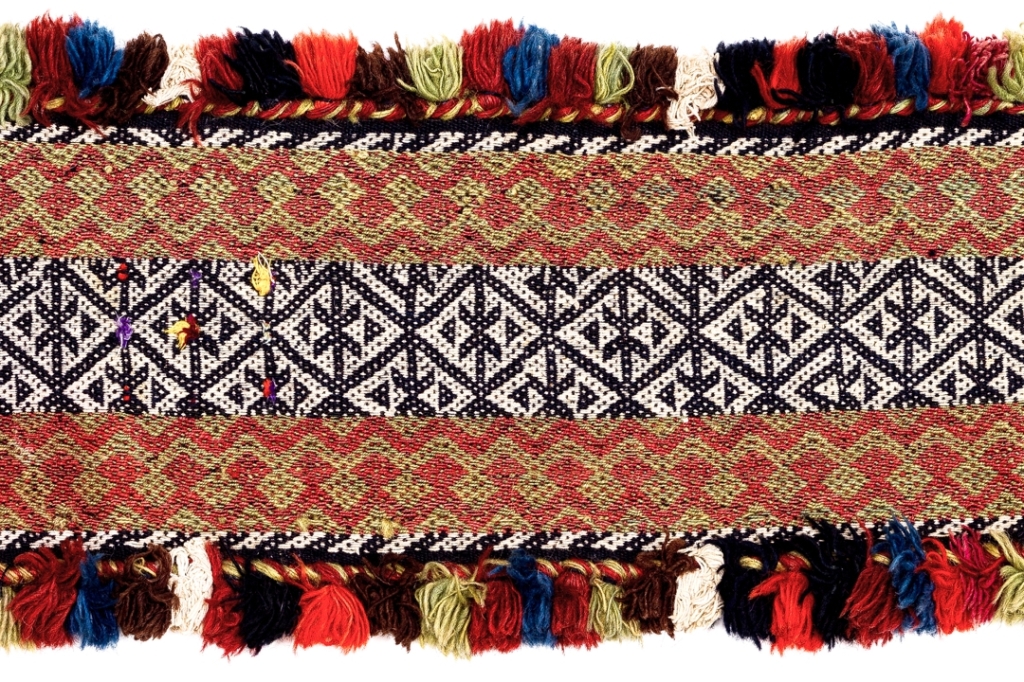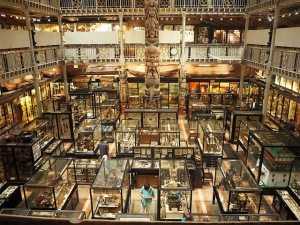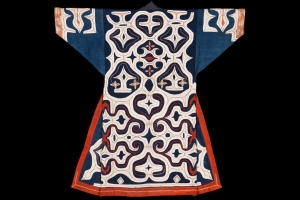
On 10 February 2022 Cambridge University held a Dunhuang Seminar, with Professor Max Deeg of Cardiff University as the speaker. His subject was Trading Silk – Negotiating Religion: Buddhist stories and discourses about silk. The seminar was recorded and you can access the video here.
This was the second in a series of six seminars, taking place between January and March. For those interested in learning more about the rest of the series click here.

I’ve previously blogged about the relatively new journal Fiber, Loom and Technique established by OATG members Chris Buckley and Sandra Sardjono. A new article with excellent illustrations has just been published in it, covering the basketry traditions of Palu’e, a small island off the coast of Flores in Eastern Indonesia. The author is Stefan Danerek, a Swedish researcher who has studied the language, arts and crafts of this small island for several years. I’m familiar with Palu’e weaving, so welcomed this opportunity to get to know more about another of their crafts, especially the so-called ‘mad weave’. You can learn more about Stefan’s work from his website.

I recently heard of this work on Batak manuscripts through Sandra Niessen. Apparently the British Library has the “oldest dateable Batak manuscript (Add 4726), which entered the British Museum collections in 1764. Until recently, this was the only Batak manuscript in the Library accessible online. However, the complete collection of 37 Batak manuscripts in the British Library has now been fully digitised, thanks to a collaboration with the Centre for the Study of Manuscript Cultures (CSMC) at the University of Hamburg.……. A full list of the digitised manuscripts is available on the Digital Access to Batak Manuscripts page.” – British Library
These manuscripts were sometimes written bamboo and bone, but mainly on the bark of the alim tree (Aquilaria malaccensis). The bark books, known as pustaha, often contained writings on magic and divination, which were also sometimes illustrated.
You can read the full illustrated blog by Annabel Teh Gallop, Lead Curator, Southeast Asia, here.
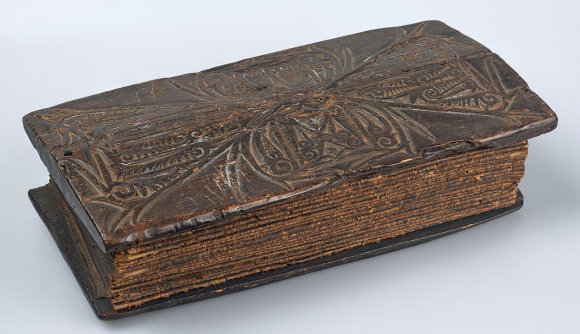
Some of these manuscripts also had protective covers, generally of wood, which was sometimes carved. The British Library also has one example, which is made of goat skin. Annabel has also blogged about the covers here.

Recently the Art Institute of Chicago held a virtual lecture on Inca Textiles under Colonial Rule. In it Andrew Hamilton, associate curator of Arts of the Americas, examined how “the violent conquest of the Inca Empire by Spanish forces dramatically changed Inca society, their artistic traditions, and the clothes that they wore.” The talk was recorded and is now available here.
On Wednesday 9 March there are two in-person events members may find of interest – one in the UK and one in the US.

The Norfolk Makers Festival will be held from 9-20 March 2022 in Norwich. There will be twelve days of crafting activities, open exhibitions, demonstrations, workshops and talks. There is an excellent events calendar, which you can search using various filters, or just browse. Sevanti Roy, who previously worked in Jaipur for textile companies including Anokhi and Fabindia, but now has a design business based in Norfolk will give a talk entitled From Persia to Norfolk: a talk about the paisley motif. The talk begins at 16:30 and is free.

A new exhibition will be opening that day at the Charles B. Wang Center, Stony Brook University, New York. Curated by Vichai and Lee Chinalai and Jinyoung Jin the exhibition is entitled Auspicious Dreams – Tribal Blankets from Southern China, and is on view until 31 May 2022. “Often made with fine materials, exemplary techniques, and unparalleled artistry, these striking textiles convey the unique identities, statuses, and traditions of diverse Chinese tribal groups.” – University website.
Lee will be giving a talk in the Wang Center Auditorium at 16:00, before the opening of the exhibition.

The Art Institute of Chicago currently has an exhibition entitled Morris & Company: The Business of Beauty, which runs until mid June 2022.
I enjoyed reading this blog by Melinda Watt about May Morris, daughter of William, who completed many designs for the family firm. At the tender age of 23 she was responsible for supervising all of the embroidery operations in the company.
I was interested to learn that in “support of female artists and designers, she founded the Women’s Guild for Arts in 1907 to provide the support and networking opportunities they lacked, as they were excluded from the Art Worker’s Guild on the basis of gender.”
















